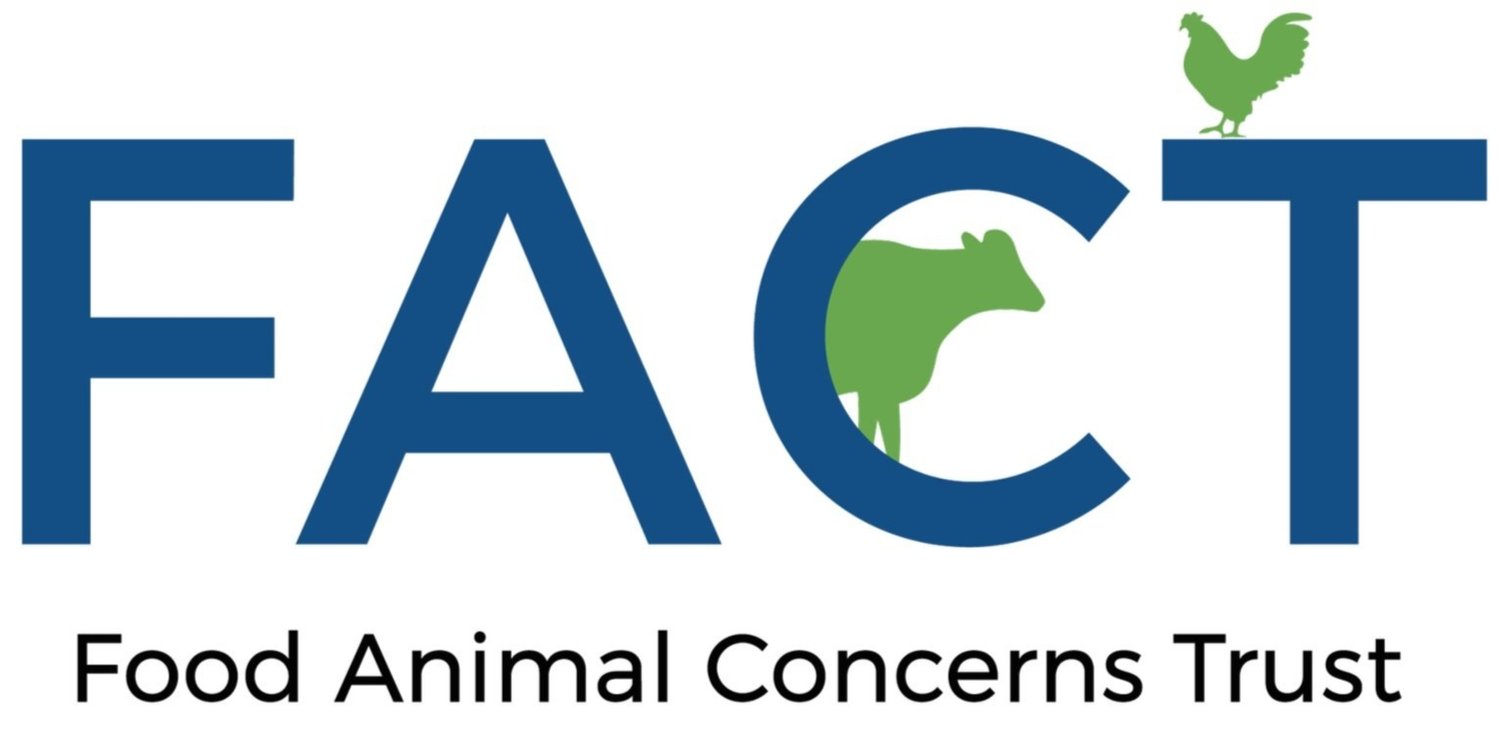When Food Is Not Medicine
Germs in Food Cause Almost 10 Million Illnesses, Over 50,000 Hospitalizations, and Almost 1,000 Deaths Each Year
By Steve Roach, Safe and Healthy Food Program Director
Diarrhea, cramps, nausea, vomiting, and fever are all signs that you may have eaten something that made you sick. Really bad cases can infect your blood or kidneys and may require treatment by antibiotics and a stay in the hospital. The antibiotics might not work because the germs have become resistant to the treatment drugs. Giant industrial animal feeding operations housing tens of thousands, up to millions, of animals and birds are the ideal breeding grounds for multiplying these dangerous germs that then contaminate meat or are spread to vegetables through contaminated water and manure spread on fields.
The U.S. Centers for Disease Control and Prevention just updated its estimates of how many people get sick from food contaminated with seven major foodborne pathogens. The CDC estimates that 9.9 million illnesses, over 50,000 hospitalizations, and almost 1,000 deaths per year are from the contamination of food by these germs. The biggest source of foodborne illness is norovirus which is passed from people to food where it can then make someone else sick. That’s why you should wash your hands after going to the restroom. The second and third most common illnesses are caused by the bacteria Campylobacter which causes almost 2 million foodborne illnesses and Salmonella which causes 1.3 million illnesses. Salmonella bacteria are the leading cause of death among these germs. Salmonella and Campylobacter are common on giant animal-raising facilities and unsurprisingly, contaminated poultry and meat are the most common foods that make people sick with these germs. We know this from numerous studies.
Two recent studies looked at Campylobacter and Salmonella to determine the sources of these foodborne bacteria. For Campylobacter, 68% of cases could be attributed to poultry and it was often resistant to antibiotic drugs. Cattle were the second most common source, leading to 28% of infections. The Salmonella study found that chicken was responsible for 33% of cases followed by vegetables (27%) with pork, beef, and eggs following.
The Salmonella study also found that certain types of Salmonella enterica, specific named serovars such as Enteritidis and Typhimurium, were associated with specific foods. For example, Salmonella Enteritidis, the most common type of Salmonella making people sick, mainly came from chicken (85%) and eggs (13%). FACT worked in the 2000s to get the Food and Drug Administration to require egg-raising facilities to test for and control Salmonella Enteritidis. Without that rule, the egg numbers would likely be much higher. Interestingly, a lot of the Salmonella on the vegetables is Salmonella Newport (29%). Salmonella Newport is also the most common type of Salmonella attributed to beef. It suggests Salmonella in vegetables may be coming from water contaminated with cattle manure or possibly cattle manure used to fertilize fields.
Animal agriculture is clearly a major source of foodborne illness. Outside of eggs and dairy, there are no requirements to keep giant animal-raising facilities free of these dangerous germs. Even when people become sick or die from disease spread through meat, public health officials cannot get access to these facilities where the animals are raised. FACT has long championed requiring giant livestock and poultry raising operations to monitor for dangerous germs and to control their spread. Ideally, the U.S. Department of Agriculture (USDA) would have a system to monitor for dangerous bacteria like Salmonella and Campylobacter, resistance to these germs, and for dangerous viruses like bird flu on the huge operations where almost all food animals are raised in the U.S.

